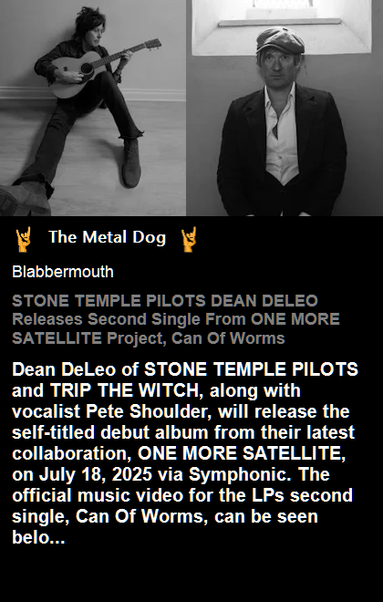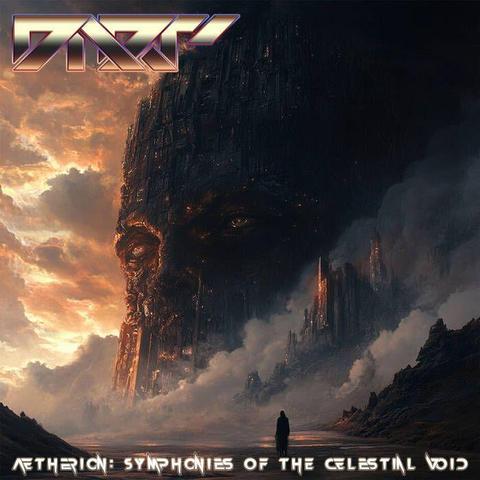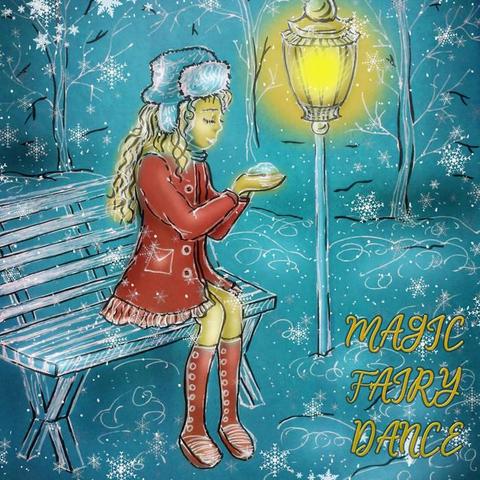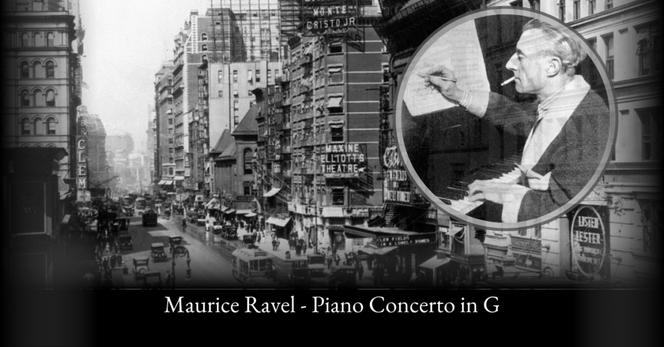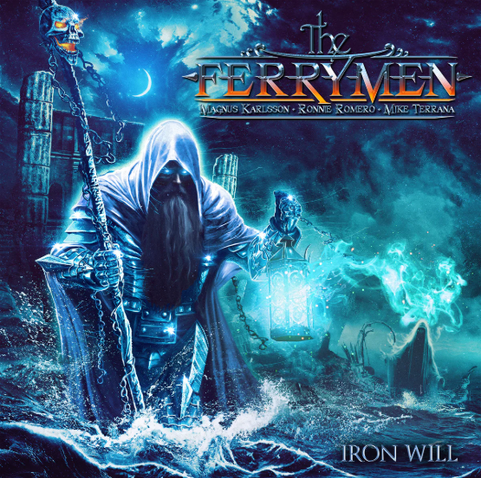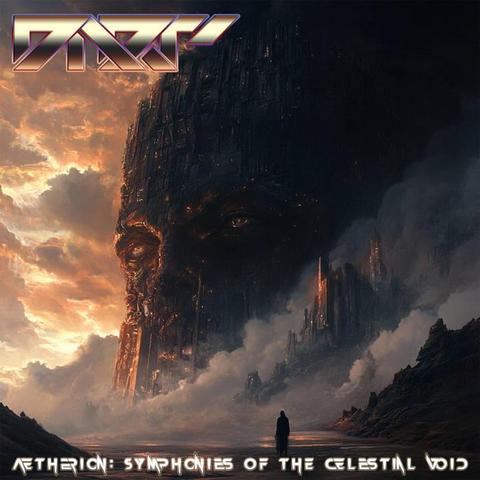Maurice Ravel’s Piano Concerto in G major
Maurice Ravel’s Piano Concerto in G major is one of the most brilliant and original works in the 20th-century piano repertoire. It’s lively, colorful, and blends jazz influences with the European classical tradition, creating a unique mix that left its mark on music history.
The idea and the context
Maurice Ravel (1875-1937) began working on the Concerto in G in the late 1920s, after a trip to the United States, where he was captivated by jazz. At that time, jazz was a novelty for many European composers and represented a fresh, revolutionary language. George Gershwin, with his Rhapsody in Blue, had already shown how jazz could merge with classical music. Ravel, always curious and open to new ideas, wanted to do something similar, but in his own way.
Ravel originally intended to perform the solo piano part. Despite being a brilliant composer, Ravel wasn’t a virtuoso pianist, which may have made the task challenging for him. Moreover, his declining health and perfectionist approach to the concerto’s composition led him to step back from performing. Instead, he entrusted the premiere to Marguerite Long, a renowned pianist of the time, who gave the first performance in Paris in 1932.
My only wish … was to write a genuine concerto, that is, a brilliant work, clearly highlighting the soloist’s virtuosity, without seeking to show profundity.
As a model, I took two musicians who, in my opinion, best illustrated this type of composition: Mozart and Saint-Saëns. This is why the concerto, which I originally thought of entitling Divertissement, contains the three customary parts.
The initial Allegro, a compact classical structure, is followed by an Adagio, in which I wanted to render particular homage to “scholasticism”, and in which I attempted to write as well as I could; to conclude, a lively movement in Rondo form, likewise conceived in accordance with the most immutable traditions.
Maurice Ravel – interview with the music critic Pierre Leroi, October 1931
The style: a bridge between classical and modern
The Concerto in G is like a box full of surprises. Each movement has its own character.
- First Movement (Allegro): Ravel opens with an explosion of energy, full of syncopated rhythms and vivid orchestral colors. Jazz influences are clearly felt, such as in the use of the blues scale, but everything is filtered through the refinement of classical writing. A touch of Basque tradition, dear to Ravel, is present in the opening theme.
- Second Movement (Adagio assai): This movement is the lyrical heart of the concerto. Ravel himself described it as “hellishly difficult to write.” It’s said that he drew inspiration from the serenity and simplicity of Mozart, a composer he deeply admired, to create the long, flowing piano melody.
- Final Movement (Presto): Here, Ravel unleashes a fast and virtuosic movement, full of humor and technical brilliance.
Classical and Jazz: is it possible?
The Concerto in G is significant because it’s one of the first examples of blending jazz and classical music on a symphonic level, bringing a breath of modernity to Europe. It also showcases Ravel’s ability to mix genres and styles without ever losing his unmistakable elegance.
The concerto is a perfect example of early 20th-century pianistic virtuosity, highlighting not only the performer’s technical skill but also their musical sensitivity.
A composing anecdote
While composing, Ravel always carried a notebook to jot down ideas. One day, traveling by train, he heard the rhythmic cadence of the tracks and used it as inspiration for the final movement. This shows how attuned he was to the sounds of everyday life!
Ravel’s contemporary composers
Jazz was important for the American composer George Gershwin. When compared to him, Ravel integrated jazz in a more subtle and refined way, rather than using it as the main feature of his music.
Ravel is often compared to Claude Debussy, too, for the impressionist look and feel for his compositions. But while Debussy was more focused on evoking atmospheres full of colors, Ravel had a more structured and technical approach.
https://www.youtube.com/embed/9zIXSqyYyq0
#classical #ClassicalMusic #concerto #gMajor #jazz #MauriceRavel #music #newYork #orchestra #piano #pianoConcerto #ravel #symphonic #symphony
